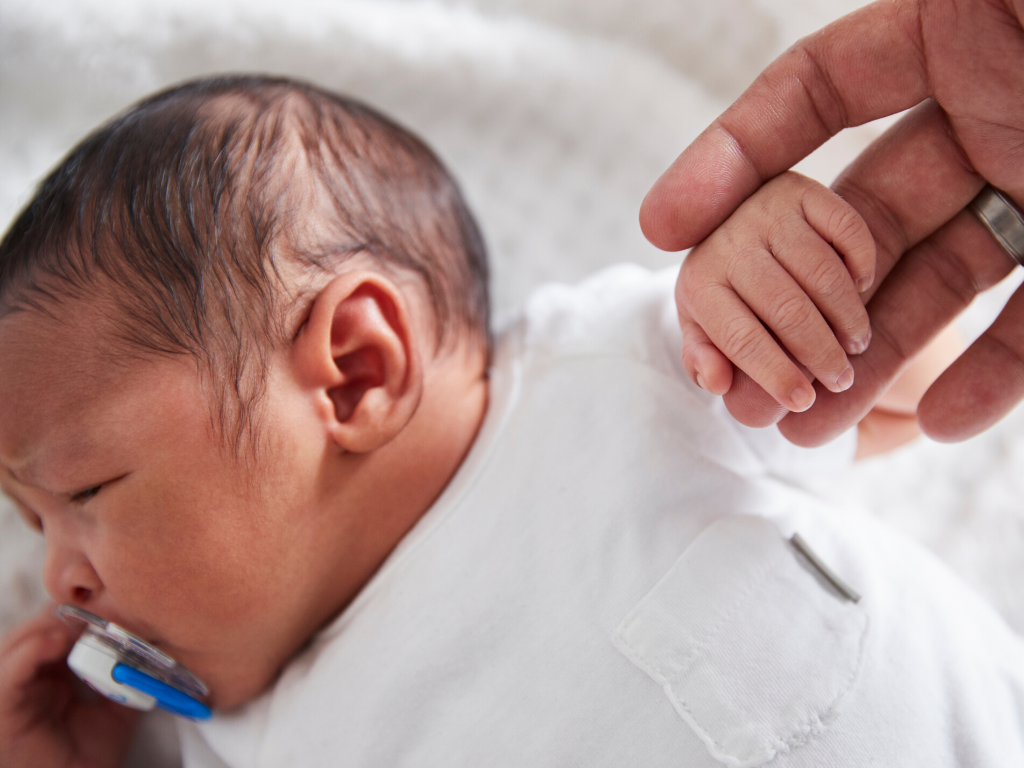SIDS is the sudden unexpected death of an infant under one-year-old that cannot be explained after a thorough investigation, including an autopsy. SIDS is the name when there is no known name, Sudden Infant Death Syndrome. For that reason, it is incredibly difficult to give any assurance when it comes to avoiding the causes of it.
But there is data, and with that data, there are some well-established risk factors that can be taken into account when making decisions for your family.
In 1992 the American Academy of Pediatrics (AAP) gave the first recommendation to place babies on their back to sleep as a result of a broad study of SIDS. Later in 1996, the AAP revised their recommendation and started the “Back to Sleep” campaign (later renamed Safe to Sleep), stating back sleep is the only safe form of sleep for infants.
This one change in education to new parents, and a broad campaign to help teach caregivers and communities, saw a drastic reduction in SIDS cases from 1990 to 2017 From 130.3 to 35.4 per 100,000 live births.
Putting your baby to sleep on their back is one of the best ways you can reduce the risk for SIDS along with the following recommendations from the Mayo Clinic:
- Keep the crib as bare as possible.
- Don’t overheat your baby
- Room share, with baby sleeping in his or her own sleeping space
- Breastfeed your baby if possible, for at least six months
- Don’t rely on commercial devices that claim to reduce the risk of SIDS, as they are ineffective and have safety issues
- Use a pacifier, but don’t force your baby to take it and don’t attach it to your child
- Immunize your baby
Other recommendations that are also beneficial to reduce SIDS are to quit smoking during and after pregnancy, and quit drinking and using illegal drugs during pregnancy.

